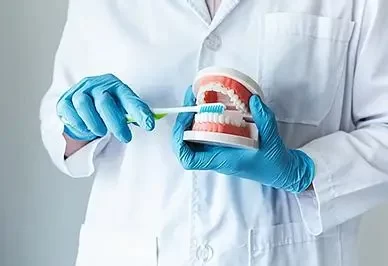
What Are Oral Hygiene Instructions? A Comprehensive Guide for Healthy Teeth
1. The Basics of Oral Hygiene
Oral hygiene refers to the practices and habits we follow to maintain a healthy mouth, teeth, and gums. Proper oral hygiene helps prevent tooth decay, gum disease, and bad breath. It’s not just about brushing your teeth—it's about creating a consistent routine that keeps your mouth clean and free from harmful bacteria. This article will walk you through essential oral hygiene instructions, step by step, to ensure you maintain a healthy smile.
2. Why Oral Hygiene Is Important
Good oral hygiene is the foundation of overall health. Your mouth is the entry point for bacteria, and if you neglect it, these bacteria can spread throughout your body, potentially leading to heart disease, diabetes, and other health issues. Poor oral hygiene can also lead to tooth loss, cavities, and gum infections. Regular brushing and flossing can help keep these problems at bay, allowing you to maintain strong teeth and healthy gums for a lifetime.
3. Key Oral Hygiene Instructions You Should Follow
3.1 Brushing Your Teeth
The most important step in oral hygiene is brushing your teeth. Brushing removes food particles, plaque, and bacteria that can build up on your teeth throughout the day. Here's how you should brush your teeth:
- Use a soft-bristled toothbrush and fluoride toothpaste.
- Brush at least twice a day—morning and night, preferably after meals.
- Use gentle, circular motions to brush all surfaces of each tooth. Avoid scrubbing hard as it can damage your gums.
- Brush your tongue gently to remove bacteria that cause bad breath.
- Make sure to brush for at least two minutes. Consider using a timer if necessary.
3.2 Flossing
Flossing is equally important in maintaining good oral hygiene. It helps remove plaque and food particles from between your teeth, areas that a toothbrush cannot reach. Follow these steps when flossing:
- Use about 18 inches of dental floss.
- Wrap the floss around your fingers, leaving a small section to work with.
- Gently slide the floss between your teeth in a back-and-forth motion. Be careful not to snap the floss into your gums.
- After each tooth, use a clean section of floss.
- Floss at least once a day, ideally before brushing at night.
3.3 Mouthwash
Mouthwash helps to reduce plaque, freshen your breath, and reach areas that brushing and flossing might miss. Choose a mouthwash that contains fluoride and antimicrobial agents. Follow the instructions on the bottle for the correct usage. Use mouthwash after brushing and flossing for maximum benefit.
4. Additional Oral Hygiene Practices
4.1 Diet and Its Impact on Oral Health
Your diet plays a significant role in maintaining oral health. Foods that are high in sugar can contribute to tooth decay, while calcium-rich foods strengthen your teeth and gums. Here are a few tips for maintaining a healthy mouth through diet:
- Eat plenty of fruits and vegetables, which help clean your teeth and provide essential vitamins and minerals.
- Limit sugary snacks and drinks, as they can lead to cavities.
- Drink water throughout the day to keep your mouth hydrated and rinse away food particles.
- Consume dairy products like cheese and yogurt, which help strengthen tooth enamel.
4.2 Regular Dental Checkups
No oral hygiene routine is complete without regular visits to the dentist. Professional cleanings remove tartar buildup that your toothbrush and floss can’t. Additionally, your dentist can spot any early signs of tooth decay or gum disease, helping you take action before they become major problems. Make sure to schedule a dental checkup at least twice a year.
4.3 Using the Right Tools
Using the correct tools is essential for maintaining effective oral hygiene. Aside from a toothbrush and floss, consider investing in the following items:
- Electric toothbrush: Studies show that electric toothbrushes can remove more plaque than manual brushing.
- Interdental brushes: These small brushes are helpful for cleaning between your teeth and under bridges or braces.
- Water flosser: If you have braces or other dental appliances, a water flosser can be more effective than traditional flossing.
5. The Role of Oral Hygiene in Overall Health
Oral hygiene goes beyond just preventing cavities. It also plays a significant role in your overall health. Research has shown that poor oral hygiene is linked to various systemic diseases, including heart disease, diabetes, and even certain types of cancer. By following proper oral hygiene instructions, you reduce the risk of these health conditions and improve your quality of life.
6. Real-Life Stories: The Impact of Good Oral Hygiene
Take the story of Emma, a 30-year-old woman from California who struggled with gum disease for years due to poor oral hygiene. After switching to a better oral care routine, including daily flossing and regular dental visits, Emma not only improved her gum health but also felt a boost in confidence. Her dentist noticed the improvement, and Emma was able to avoid costly dental procedures down the road. Emma's story is a testament to the power of consistent, effective oral hygiene practices.
7. How to Create Your Own Oral Hygiene Routine
Creating your own oral hygiene routine involves more than just following instructions. It’s about finding what works best for you while maintaining consistency. Here’s how to get started:
- Set a schedule for brushing, flossing, and mouthwash that works for your daily life.
- Track your progress by keeping a simple log of your oral hygiene habits.
- Gradually incorporate other practices such as tongue scraping or using fluoride treatments.
Consistency is key to reaping the long-term benefits of oral hygiene.
If you’re looking for personalized dental care and advice, visit Family Dentistry Online for the best services and products to support your oral hygiene routine.

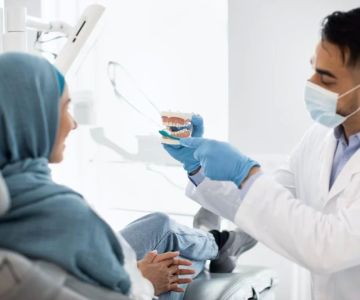

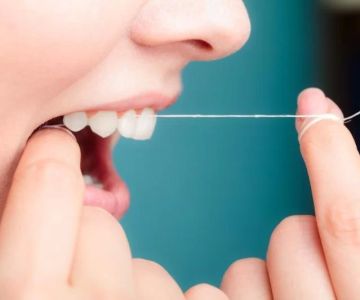
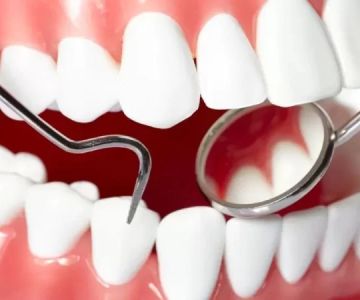
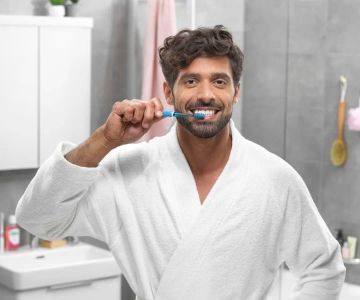
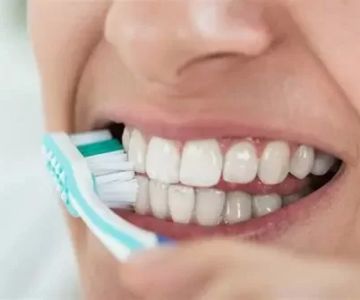
 Dental Solutions Market Street4.0 (576 review)
Dental Solutions Market Street4.0 (576 review) Mesa Valley Modern Dentistry4.0 (344 review)
Mesa Valley Modern Dentistry4.0 (344 review) Washington Square Dental4.0 (121 review)
Washington Square Dental4.0 (121 review) Gregg W Jepson DMD5.0 (7 review)
Gregg W Jepson DMD5.0 (7 review) Growing Smiles of Voorhees4.0 (2464 review)
Growing Smiles of Voorhees4.0 (2464 review) Metropolitan Endodontics4.0 (78 review)
Metropolitan Endodontics4.0 (78 review) The Importance of Oral Health Education During Pregnancy for a Healthy Pregnancy
The Importance of Oral Health Education During Pregnancy for a Healthy Pregnancy Best Tips for Brushing Your Teeth Properly for Healthy Gums: Essential Techniques for Oral Health
Best Tips for Brushing Your Teeth Properly for Healthy Gums: Essential Techniques for Oral Health Why Skipping Dental Checkups Can Lead to Bigger Oral Health Problems
Why Skipping Dental Checkups Can Lead to Bigger Oral Health Problems Advantages of Porcelain Dental Restorations
Advantages of Porcelain Dental Restorations How Can Diabetes Cause Tooth and Gum Problems? Preventing and Managing Oral Health Issues
How Can Diabetes Cause Tooth and Gum Problems? Preventing and Managing Oral Health Issues Healthy Habits for Promoting Good Oral Health and Hygiene: Tips for a Healthy Smile
Healthy Habits for Promoting Good Oral Health and Hygiene: Tips for a Healthy Smile